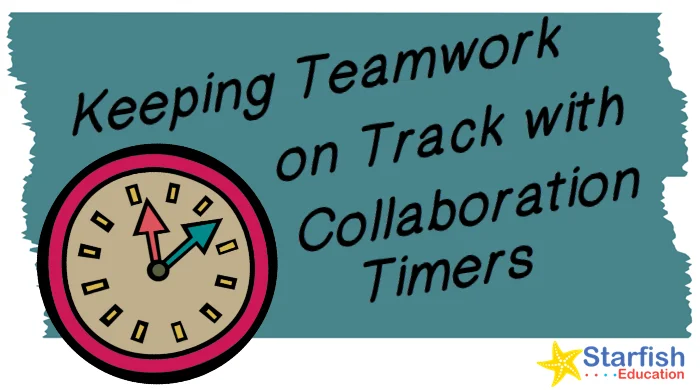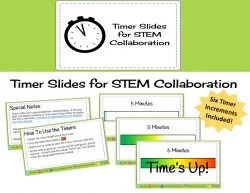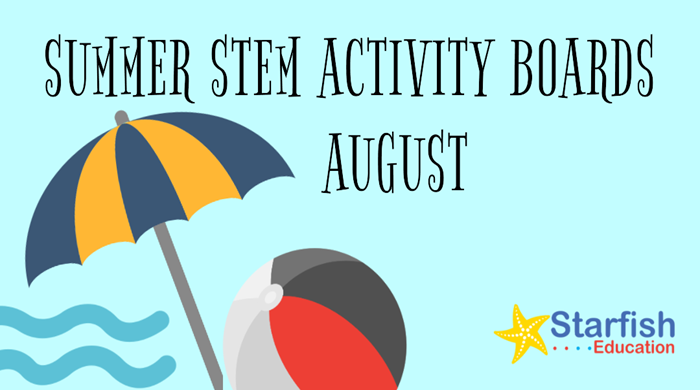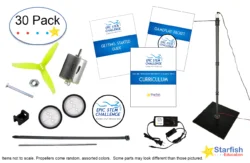
In today’s world, the ability to effectively collaborate is a key skill. We strive to teach this skill in the classroom so that our students can work to together unlock new perspectives, foster creativity, and hone critical communication skills. But successful teamwork requires structure, and that’s where a collaboration timer can be a huge help.
The Challenge of Unfocused Collaboration
Group projects can often lead to wasted time, uneven participation and sometimes even disaster. Students might get sidetracked, struggle to stay focused, or let one person dominate the discussion. We’ve all been in a group like this and it can lead to frustration, missed deadlines, and a less-than-stellar final product.
The Power of the Timer
Collaboration timers introduce a simple yet powerful tool to help students address these challenges. They provide:
- Improved Focus: A visual timer keeps the group on track, ensuring everyone stays engaged and contributes meaningfully within the allotted time.
- Enhanced Time Management: Students learn to prioritize tasks, delegate responsibilities, and make the most of each collaboration session.
- Fair Participation: Timers help prevent one person from monopolizing the conversation, encouraging everyone to share their ideas and perspectives.
- Increased Accountability: Knowing the time limit motivates students to stay focused and complete assigned tasks within the group.
- Reduced Stress: Clear timeframes alleviate anxiety about deadlines and workload, fostering a more relaxed and productive environment.
Timers as Visual Cues
Collaboration timers can be more than just timekeepers and often incorporate visual cues, such as a bar that gradually depletes as time passes. These visual aids can be particularly helpful for younger students who are still developing time management skills.
Timers for Different Stages of Collaboration
Collaboration timers can be used effectively throughout the entire group work process:
- Brainstorming: Set a short timer to encourage rapid-fire ideas without getting bogged down in details.
- Task Delegation: Divide the project into smaller tasks and assign timeframes for each to ensure balanced workload.
- Research and Discussion: Allocate timed segments for individual research and then group discussions to share findings and make decisions.
- Final Touches: Use short timers during the revision and finalization stage to keep everyone focused on polishing the project.
By incorporating collaboration timers into your classroom routine, you can empower your students to become more effective and productive team players. These timers foster focused communication, improved time management, and a sense of shared responsibility – all essential skills for success.
Get the Collaboration Timer Sides to Help your Kids Work Better Together
Subscribe to Stay Connected!
-
STEM Sentence Starters
$3.95 -
STEM Vocabulary Posters
$3.95 -
Timer Slides for STEM Collaboration
$2.95 -
Engaging Students in STEM- STEM Organizer and STEM Role Cards
$2.95









